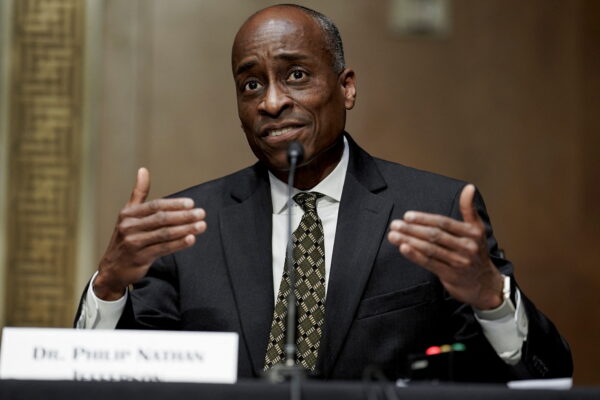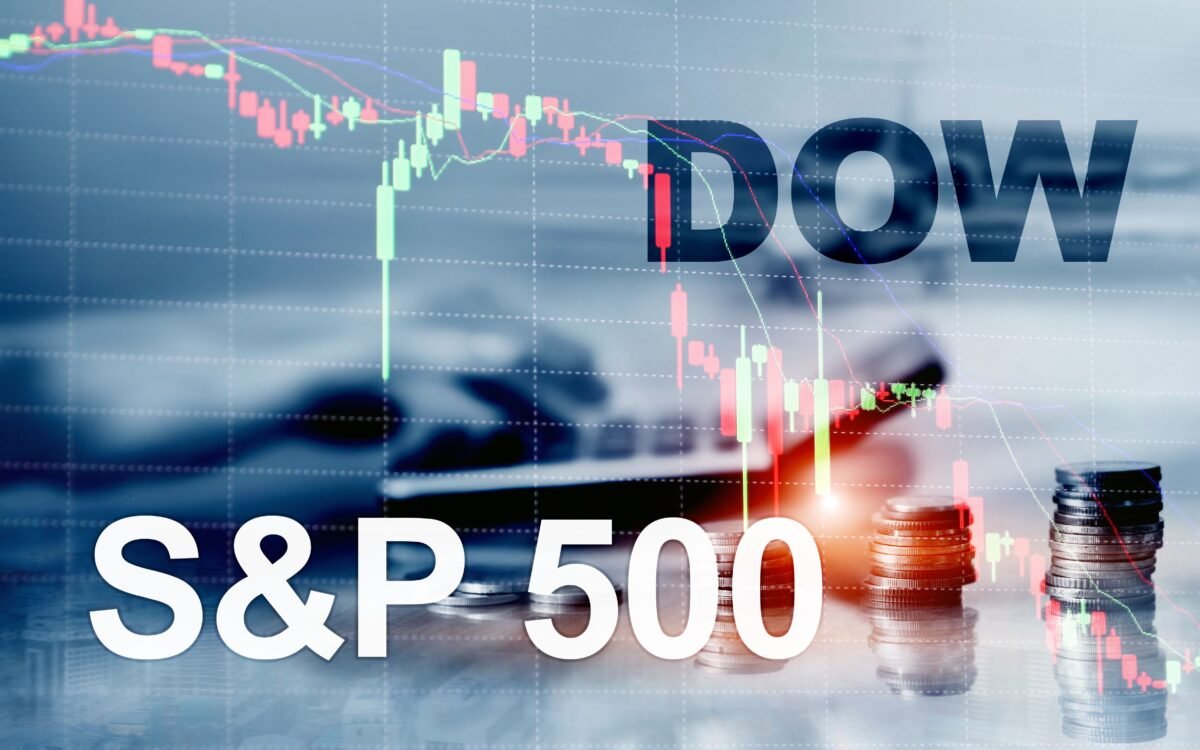Inflation Accelerates as US Service Activity Expands for First Time in Eight Months: S&P Global
The U.S. services sector returned to growth for the first time in eight months, but selling price inflation accelerated, placing “Team Transitory back on the defensive.”
In February, the S&P Global Services Purchasing Managers’ Index (PMI) climbed to 50.6, up from 46.8 in January; anything above 50 indicates expansion. This represented the first positive PMI reading since June 2022.
The monthly report found that new business fell at the slowest pace since October amid lackluster domestic and foreign client demand. New export orders tumbled for the ninth month, while work backlogs remained unchanged. Employment levels were solid last month.
Economists and market observers are paying attention to the PMI price pressures. Input cost inflation experienced the second-slowest growth since October 2020, and the rate of selling price inflation accelerated to a five-month high.
Survey respondents noted that the higher output charges were driven by “the pass-through of greater costs to clients.”
“A return to growth of U.S. service sector business activity in February for the first time in eight months has offset a decline in manufacturing output, helping stabilize the economy and hopefully avert a downturn in the first quarter,” said Chris Williamson, chief business economist at S&P Global Market Intelligence, in the report (pdf).
“This improving picture has, however, added to firms’ pricing power. Having fallen to a 27-month low in January, the rate of inflation for goods and services reaccelerated in February to its highest since last October as companies reported greater success in passing higher costs on to customers.”
Price pressures in the services sector have become worrisome for monetary policymakers. In January, the annual services inflation rate inched higher, to 7.6 percent, the highest since August 1982, according to the Bureau of Labor Statistics (BLS).
Is the Disinflation Trend Over?
The latest inflation data have led some market experts and economists to debate if the disinflation trend is over or if this is merely a bump in the road.
At Harvard University late last month, Federal Reserve governor Philip Jefferson stated there is “more uncertainty” regarding core services excluding housing inflation.

“The inflation outlook for this nonhousing category of core services partly depends on whether growth in nominal labor costs comes back down, and recent data suggest that labor compensation has indeed started to decelerate somewhat over the past year,” he said.
The plethora of hot inflation headline numbers “have put ‘Team Transitory’ back on the defensive,” says Robin Brooks, the chief economist at the Institute of International Finance (IIF).
The annual Consumer Price Index (CPI) slowed to a higher-than-expected 6.4 percent. Producer prices advanced at a hotter-than-anticipated rate of 0.7 percent month over month. The Personal Consumption Expenditures (PCE) Price Index and core PCE Price Index each jumped 0.6 percent from December to January.
For independent inflation data aggregator Truflation, disinflation was never confirmed.
“We believe that inflation is here to stay—at least in 2023—and will remain above the Fed’s 2 percent target,” Oliver Rust, the head of product at Truflation, told The Epoch Times.
“In terms of the inflationary impact on business, this is quite significant with retailers increasing prices as their supply prices are increasing,” he added. “A lot of businesses are posting profit warnings which are signaling the short-term inflationary impact.”
The American people are convinced that inflation will also stay above the Federal Reserve’s 2 percent target.
The Federal Reserve Bank of New York’s (FRBNY) Survey of Consumer Expectations showed one-year-ahead inflation predictions were unchanged, at 5 percent. The three- and five-year projections were at 2.7 and 2.5 percent, respectively.
No matter how inflation is assessed, it continues to be broad and stubborn, economists at S&P Global Market Intelligence recently purported in a note.
“Despite such slowing in domestic final demand, there is little evidence that the exceptional tightness in labor markets is easing, and inflation broadly remains stubbornly high,” they stated.
If inflation remained elevated for longer, prompting the Federal Reserve to keep raising interest rates and hold them there for an extended period, then it could cast “a shadow over hopes for a so-called soft landing in the U.S. economy,” according to the February 2023 Business Conditions Monthly Report from the American Institute for Economic Research.
The latest talk from officials at the U.S. central bank is the need to pull the trigger on a more significant rate hike at this month’s policy meeting of the Federal Open Market Committee (FOMC), the Fed’s policy-making arm.
Fed governor Christopher Waller told a business conference in Los Angeles, California, on Thursday that the institution might need to lift the benchmark federal funds rate to above 5.4 percent, higher than the peak of 5.1 percent listed in the December Survey of Economic Projections (SEP).
“Although inflation has been coming down since the middle of last year, the recent data indicate that we haven’t made as much progress as we thought,” Waller said.
The Federal Reserve Bank of Cleveland’s Nowcast projects a 6.2 percent rate in the February CPI and a 5.2 percent reading in the February PCE Price Index. On a monthly basis, the CPI and PCE are each expected to rise by 0.5 percent.
And these trends might force the FOMC to raise the policy rate by 50 basis points, Rust noted.
“What happens after that is unclear,” he said. “The Federal Reserve needs to strike a delicate balance between tackling inflation and avoiding recession as, despite strong employment numbers, we are now seeing corporate profit warnings and increased news of layoffs. This suggests we are in a more delicate situation than we were four weeks ago.”
The odds of a half-point boost are rising steadily, with 30 percent of investors penciling in a 50 basis-point increase this month, according to the CME FedWatch Tool.




